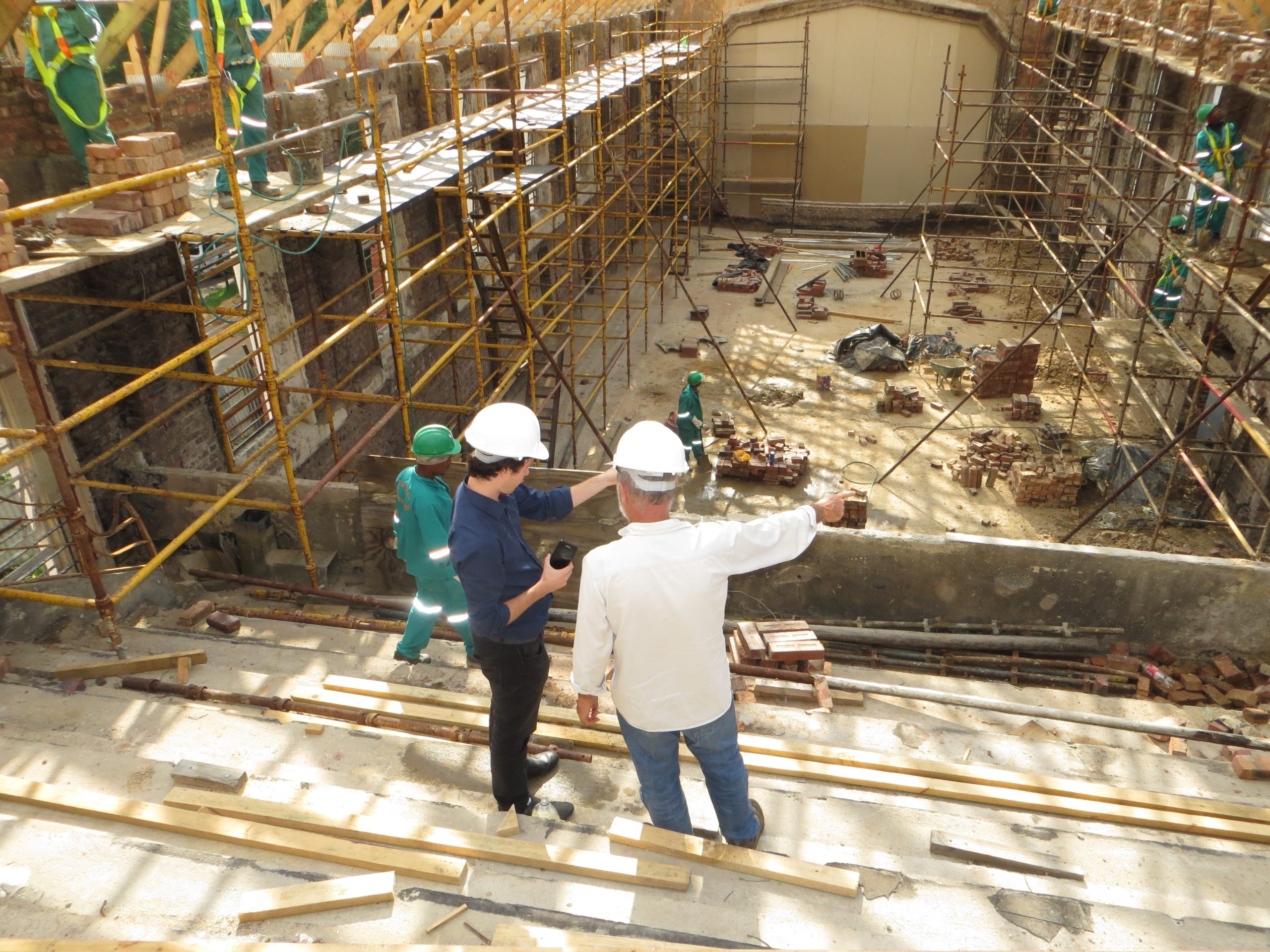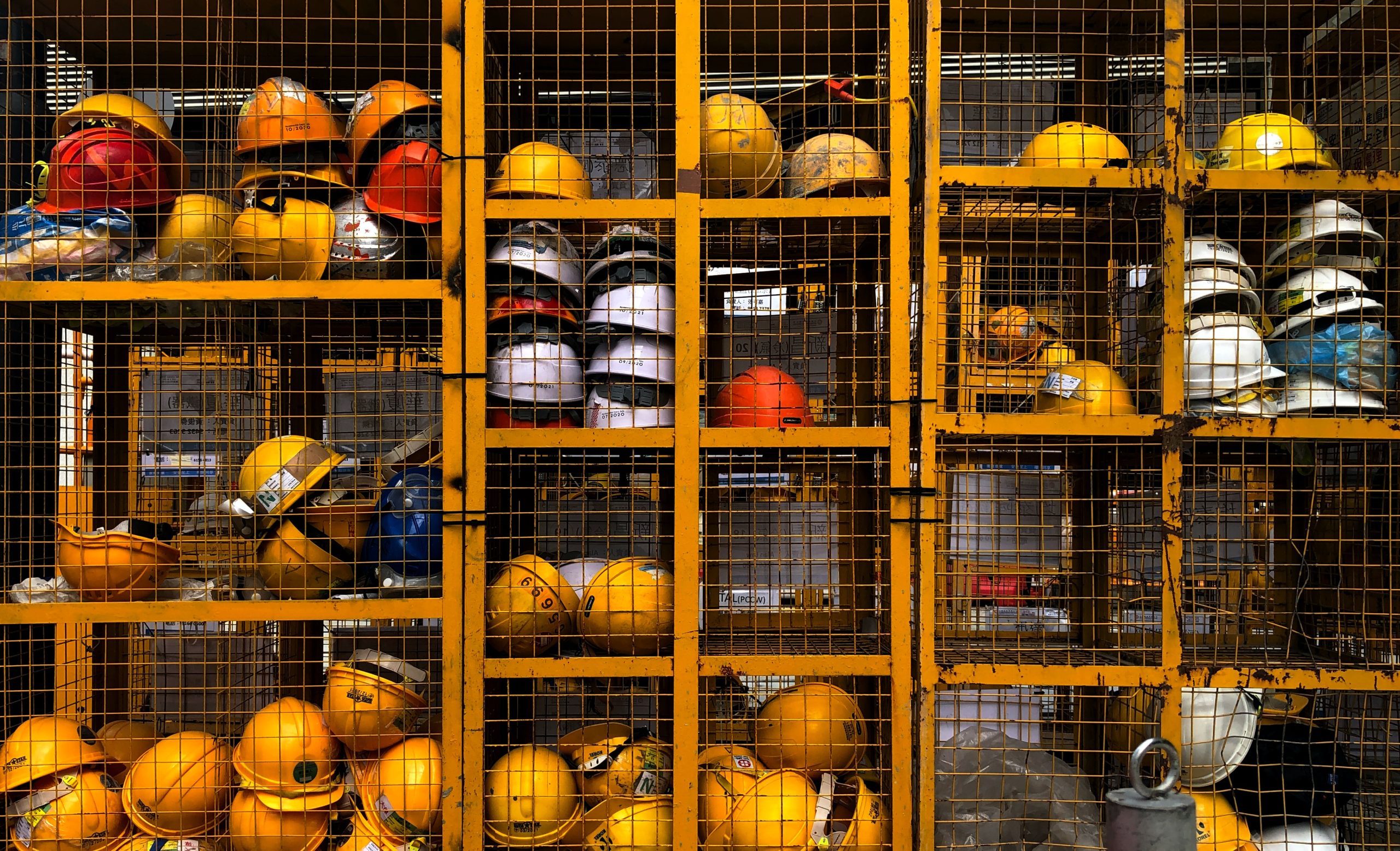Concrete is an essential construction material used for various projects, including foundations, walls, and floors. However, working with concrete can also pose several safety hazards if not done correctly. In this article, we will discuss some of the best practices for concrete construction safety to ensure safety and accident-free worksite.

Protective Gear
When working with concrete, it is essential to wear protective gear to prevent injuries. Protective gear includes hard hats, gloves, protective glasses, and steel-toed boots. These items protect the head, hands, eyes, and feet from falling debris, sharp objects, and other hazards that may arise on the worksite.
Hard hats are crucial when working with concrete as they protect the head from falling objects. Gloves should be worn to protect the hands from cuts and abrasions when handling materials such as rebar or mesh. glasses should be worn to protect the eyes from dust and debris. Steel-toed boots are essential for protecting the feet from crushing injuries.
Material Handling
Handling concrete materials safely and efficiently is critical to prevent accidents and injuries. When handling concrete, workers should use proper lifting techniques and equipment, such as wheelbarrows and forklifts. When lifting concrete bags or containers, workers should bend their knees and lift with their legs to avoid straining their back.
Workers should also be aware of the weight of the materials they are handling and should not exceed their lifting capacity. Concrete bags and containers should be stored in an area that is easily accessible and not in danger of falling or tipping over.
Hazard Identification
One of the most important aspects of concrete construction safety is identifying and avoiding hazards. Hazards can include slips and falls, electrical hazards, and exposure to harmful chemicals.
To avoid slips and falls, workers should wear slip-resistant shoes and avoid working on slippery surfaces. Workers should also keep the worksite clean and free of debris and standing water.
When working with electrical tools or equipment, workers should use grounded and properly maintained equipment. They should also avoid working near power lines or in wet conditions.
Exposure to harmful chemicals can occur when working with concrete additives or cleaning agents. Workers should use protective gear, such as gloves and respirators, when handling chemicals, and follow the manufacturer’s instructions for use.
Site Preparation
Preparing the worksite for concrete construction is crucial to ensure a safe and stable surface. Workers should start by leveling the site and removing any debris or obstacles that may pose a hazard. They should also identify any potential hazards, such as underground utilities or unstable soil conditions.
To ensure proper drainage and stability, workers should also compact the soil before pouring the concrete. They should also consider using reinforcement materials, such as rebar or mesh, to increase the concrete’s strength and stability.
Safety Guidelines

Following safety guidelines is crucial to ensure a safe and accident-free worksite. Guidelines may include protective protocols established by regulatory organizations, such as OSHA, or safety policies established by the construction company.
Workers should be trained on protective protocols and policies before beginning work on a concrete construction project. They should also be aware of emergency procedures, such as how to respond to a medical emergency or a hazardous materials spill.
In addition, workers should be encouraged to report any safety concerns or hazards immediately to their supervisor or safety manager. A safety culture should be established that prioritizes safety and encourages workers to take an active role in maintaining a safe worksite.
Conclusion
Working with concrete can be hazardous, but by following best practices for concrete construction safety, workers can minimize the risk of accidents and injuries. Protective gear, proper material handling, hazard identification, site preparation, and safety guidelines are all crucial aspects of ensuring a safe and accident-free worksite. By prioritizing safety and establishing a safety culture, workers can help to create a work environment that prioritizes their well-being.
It is essential to remember that safety is everyone’s responsibility. Workers should take an active role in identifying and reporting hazards, and employers should prioritize safety by providing proper training and equipment.
In addition, regular safety inspections and audits should be conducted to ensure that protective protocols are being followed and that the worksite remains free of hazards. By prioritizing safety, employers can create a positive work environment that prioritizes the well-being of their employees.
In conclusion, concrete construction safety is essential to ensure a safe and accident-free worksite. Protective gear, proper material handling, hazard identification, site preparation, and safety guidelines are all crucial aspects of maintaining a safe work environment. By following these best practices and prioritizing safety, workers and employers can create a work environment that prioritizes their well-being and minimizes the risk of accidents and injuries. If you have any questions on construction and construction safety you can contact us, our team of experts are ever ready to assist you
